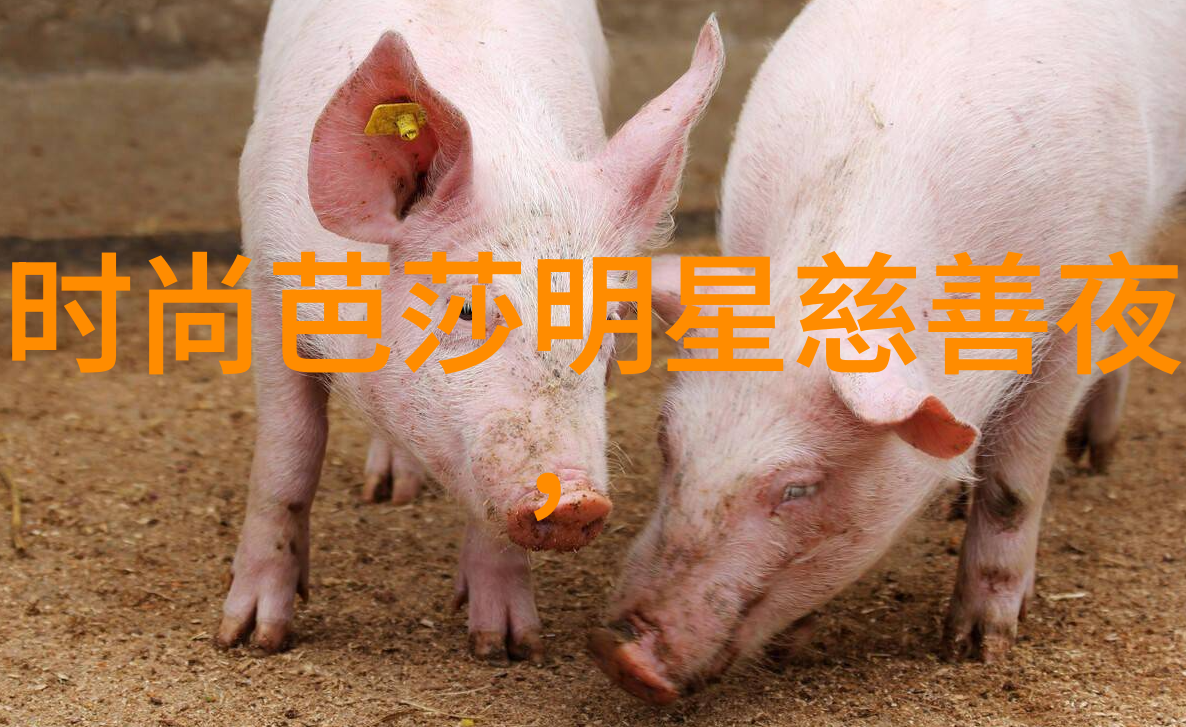glyphosate是全球最广泛使用的除草剂之一,其化学名为N-苯丙啶基甲酸酯。它以其对多种植物生长点有效的特性而闻名,特别是在细胞壁形成阶段,对大多数植物有高度选择性。这使得glyphosate成为了许多现代农业实践中不可或缺的一部分。

农业应用
在当今世界,glyphosate被广泛用于各种作物田间管理、园艺和园林用途。在玉米、小麦、大豆等主导作物领域,它作为一种预防性的除草剂,以避免杂草竞争资源并破坏作物品质。此外,在园艺中,人们也会使用glyphosate来控制花卉周围杂草,这不仅提高了观赏效果,还减少了维护成本。

生态系统中的角色
尽管在短期内Glyphosate可以显著提升作物产量和经济效益,但长远来看,它可能对生态系统产生负面影响。随着时间的推移,过度依赖于此类化学品可能导致生物多样性的降低,因为它们能有效抑制某些非目标植物的生长,从而削弱自然栖息地的结构和功能。

对人类健康的潜在风险
研究表明, Glyphosate可能存在对人类健康造成潜在风险。一些科学家指出,这种农药可能与肿瘤有关,并且有证据显示长期暴露于高浓度Glyphosaterelated chemicals may be associated with an increased risk of cancer and other health problems.

水体污染
当Glyphosaterelated chemicals通过土壤进入水体时,他们能够残留在地下水源中,有时甚至超出安全标准。这些污染物不仅损害水质,也威胁到渔业产业以及饮用水供应链。这使得监管机构必须密切关注 Glyphosaterelated contaminants in water bodies to ensure public safety.

可持续发展挑战
尽管Glyphosphate has been instrumental in increasing crop yields, but its widespread use also raises concerns about the long-term sustainability of modern agriculture practices.The over-reliance on glyphosate could lead to the development of resistant weed populations, which would necessitate more frequent and intense applications, ultimately exacerbating environmental degradation and ecosystem disruption.
替代策略与未来展望
To mitigate these risks, researchers are exploring alternative strategies for managing weeds and improving agricultural productivity without relying solely on glyphosates.Among these are integrated pest management (IPM) techniques that combine mechanical removal methods with biological control agents or other chemical treatments tailored to specific weed species.As our understanding of the complex interactions between agroecology systems continues to grow, we can expect a shift towards more sustainable farming practices that balance economic efficiency with ecological stewardship.
In conclusion, while glyphosphate has undoubtedly revolutionized modern agriculture by providing a powerful tool for weed control, it is crucial that we acknowledge its potential drawbacks and work towards developing more holistic approaches to sustainable food production.To achieve this goal will require continued investment in research as well as changes in how farmers practice their craft – both locally and globally – so that future generations can enjoy healthy food without compromising the planet's vital ecosystems




